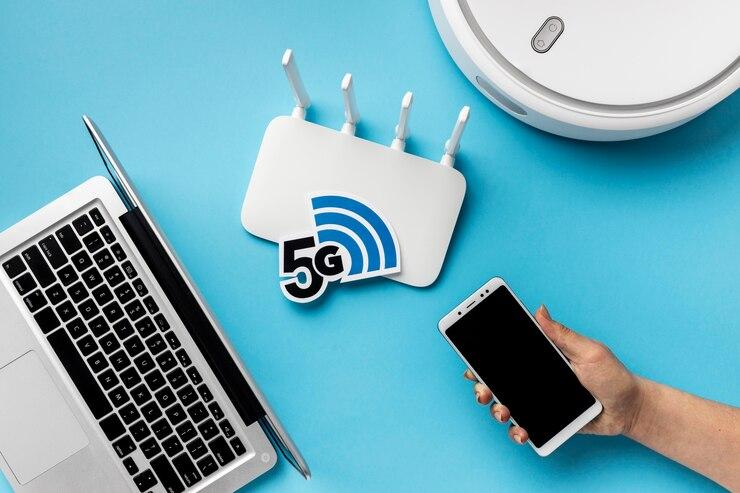When facing the death of a loved one—or planning ahead for our own end-of-life arrangements—few decisions are as emotionally charged or financially impactful as choosing what to do with the body. Traditional burial and cremation services can cost thousands of dollars, placing a financial burden on families already coping with grief and stress. In this context, whole-body donation offers not only a meaningful legacy, but also a cost-effective alternative that can ease the financial weight of death-related expenses.
Whole-body donation is the process of gifting one’s body to medical education and scientific research after death. It allows students, researchers, and surgeons to gain vital experience and make advances in understanding the human body. But beyond its societal value, donation also offers practical benefits to families—eliminating many of the typical costs associated with funerals and burials.
The Rising Cost of Dying
According to recent data from the National Funeral Directors Association, the average cost of a traditional funeral with a viewing and burial in the U.S. exceeds $8,000. When you add in extras such as a headstone, cemetery plot, or obituary notices, that number can easily climb past $10,000.
Even a cremation, often considered the less expensive option, typically costs between $4,000 and $7,000 when all services are factored in. For many families—especially those without life insurance or savings earmarked for funeral costs—these expenses can be overwhelming.
In addition to monetary costs, there are logistical burdens: choosing a funeral home, coordinating services, making emotional decisions under pressure, and covering transportation or storage fees. For individuals seeking a simpler, lower-cost option, whole-body donation provides an attractive and impactful alternative.
What Whole-Body Donation Covers
Organizations that accept whole-body donations—typically nonprofit institutions, medical schools, or third-party donation programs—cover many of the end-of-life services that would otherwise come with a price tag. While exact offerings vary by provider, here are the typical costs that are often fully or partially covered through whole-body donation:
- Transportation of the body from the place of death to the donation facility
- Preparation and handling of remains for research or educational use
- Final cremation of the remains once studies are completed
- Return of cremated remains to the family, if requested
- Death certificate processing and other basic paperwork
In some cases, even long-distance transportation (such as across state lines) or 24/7 removal from a hospital or hospice facility is included at no charge. For families, this can mean saving thousands of dollars—without compromising dignity or care. For example, free cremation services are available for whole body donation florida, Nevada, Arizona, and Utah.
While donation won’t appeal to everyone, for those aligned with its purpose, it offers a deeply meaningful and financially responsible way to handle final arrangements.
Emotional and Ethical Considerations
Some families worry that choosing donation means foregoing a traditional funeral or giving up the ability to say goodbye. However, many donation programs allow for a brief viewing or farewell time before the body is transported, and memorial services can still be held at a later date—with or without the remains present.
It’s also worth noting that whole-body donation is rooted in respect and dignity. Institutions that accept donations are typically required to uphold strict ethical standards regarding the use and handling of remains. Donors contribute to real-world medical education, surgical training, and research that saves and improves lives.
Planning Ahead = More Options, Less Stress
To take full advantage of the financial and logistical benefits of donation, it’s best to plan ahead. Pre-registering with a donation program ensures your eligibility, allows you to understand the process, and gives your family peace of mind that your wishes are documented.
Important steps include:
- Researching reputable donation organizations in your area
- Completing a donor consent form or registration packet
- Informing your next of kin about your decision
- Including your donation preferences in your end-of-life plan or advance directive
Planning ahead prevents last-minute decision-making and ensures that the necessary protocols are in place to facilitate the donation—maximizing both impact and efficiency.
Who Is Eligible?
Most adults over the age of 18 can register for whole-body donation. Eligibility is determined at the time of death and may depend on factors such as cause of death, recent surgeries, infectious disease, or organ removal. While not every individual will qualify, many organizations accept a wide range of donors regardless of age or medical history.
For those who may be disqualified, other cost-effective options—such as direct cremation—are still available and can be considered as backup plans.
Whole-body donation is more than a generous act—it’s a practical solution to one of life’s most expensive and emotional moments. By choosing donation, individuals can support the advancement of science and medicine while offering their families financial relief and reduced decision-making stress.






